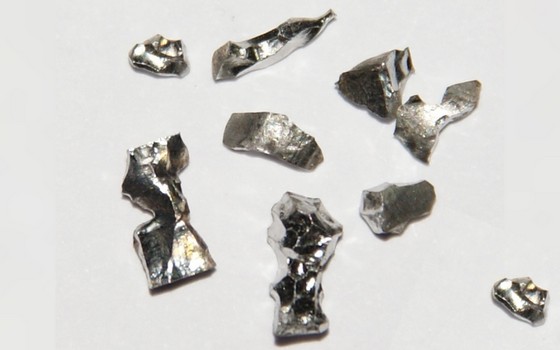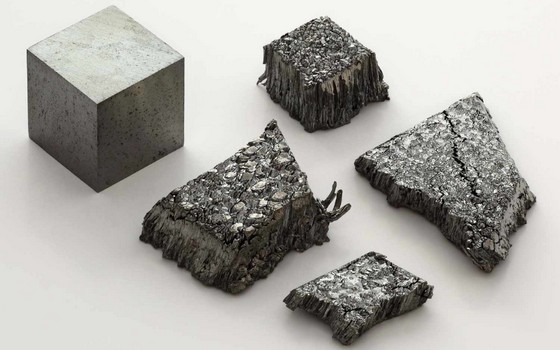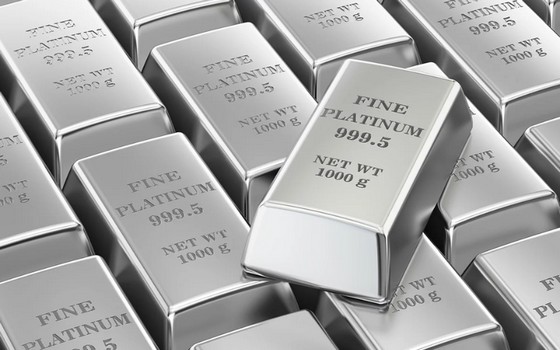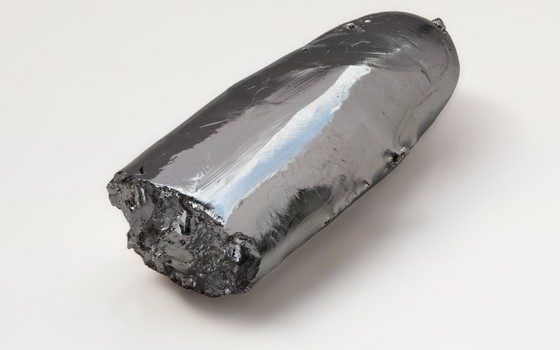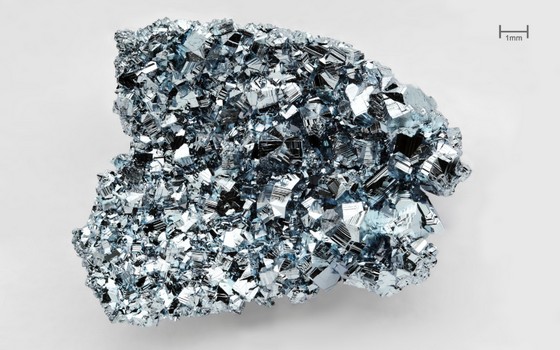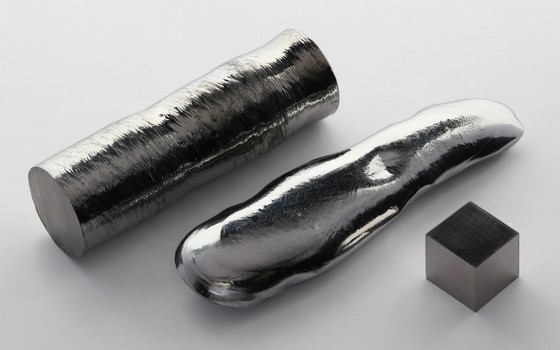Imagine finding a rare metal that costs a fortune just for a tiny piece or one that shines so brightly it’s used to make jewelry and cars look fantastic. We’re not just talking about regular metals in your coins or wires, but super special ones like Californium, Rhodium, and Gold. Thus, in this article, we discuss the most expensive metals.
These metals are super rare and do awesome stuff, like helping doctors treat cancer and making cars cleaner for the environment. So, grab your explorer’s hat as we go on an adventure to uncover the secrets of these incredible metals that do more than look pretty.
Table of Contents
The Most Expensive Metals
1. Californium – The Multi-Million-Dollar Metal
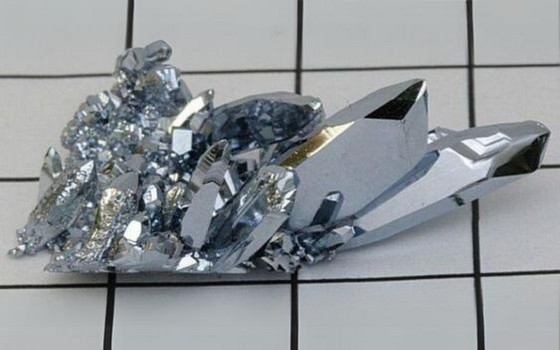
The first on our list is Californium, a rare and precious metal, commanding an astonishing $27 million per gram. Californium belongs to the actinide series of noble metals and was first produced in 1950 at the University of California.
Owing to its capacity to emit many neutrons on its own, it is extensively used in initiating nuclear reactions, treatments of certain forms of cancer, and metal detectors in airports. Its incredible work contribution in diverse sectors justifies its high cost, alongside its complicated and complex manufacturing process.
2. Rhodium: More than a Shine
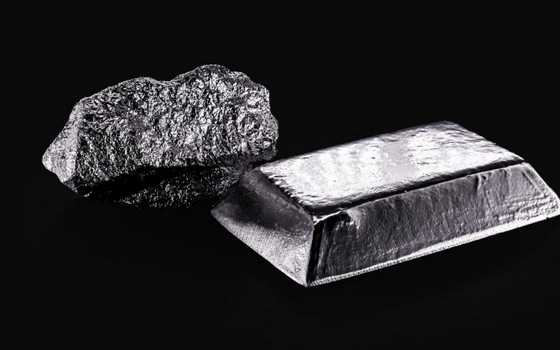
Rhodium – known for its reflective attributes, stately appearance, and corrosion resistance – holds the second spot in the list and is priced at $20,250 per troy ounce. A member of the platinum group, Rhodium is majorly used in the automotive industry in catalytic converters, which reduce harmful gas emissions.
Also, due to its exceptional reflectiveness, it’s utilized in jewelry to enhance the appearance of white Gold and diamonds. Its significant cost is attributable to its rarity and the elaborate process required for its extraction.
3. Iridium: An Element Defining Durability
We have iridium at the third-rank gold price, sold at approximately $500 per troy ounce. Highly corrosion-resistant and one of the densest elements on Earth, Iridium finds robust usage in electronics, as platings in spark plugs, and in constructing parts of devices that have to endure high temperatures.
The rarity of this metal in the world and the extreme difficulty in working with it due to its high melting point and strong resistance to react with chemicals makes it justifiably pricey.
4. Lutetium: The Silent Contributor
Lutetium, traded at around $10,000 per 100 grams of Gold, stands fourth on our list. As the last member of the lanthanide series, it doesn’t get as much attention as its peers.
However, it plays essential roles, including refining petroleum and serving as a catalyst in cracking molecules in the oil refining process. Its price is ascribed to its scarcity and the amount it takes to isolate it from other rare earth elements.
5. Palladium – The Conductor of Luxury
Palladium, valued at $2,697 per troy ounce, rounds out platinum metals in the top 5 of our list. Its primary applications lie in electronics, dentistry, medicine, hydrogen purification, and – more popularly – jewelry.
Used in luxury items like watches and white Gold, palladium has excellent conductivity and ensures sparkle. However, the metal’s large-scale industrial applications, high mining costs, and intrinsic rarity drive palladium to demand its steep price.
6. Gold – The Conventional Standard of Wealth
The timeless metal, Gold, priced at approximately $2,500 per troy ounce, is renowned for its luster, malleability, and resistance to corrosion. Traditionally revered as a symbol of wealth and status, it serves as the backbone of international finance and the basis of monetary systems around the globe.
Gold is employed in jewelry, coinage, dentistry, and electronics. Its price tag is supported by its status as a haven during economic turbulence and the complex mining and purification process it entails.
7. Platinum – The Multitalented Performer
Next up is Platinum, which is traded at roughly $852 per troy ounce. Known for its exceptional durability and striking silvery-white color, Platinum is widely used in jewelry, autocatalytic converters, and the production of strong permanent magnets.
Furthermore, it serves vital roles in medicinal devices and cancer treatments. Its high cost is primarily due to its rarity, the technical expertise needed for its extraction, and wide-ranging applications across various industrial sectors.
8. Ruthenium – The Catalyst of Progress
Ruthenium, valued at $465 per troy ounce, is a platinum-group metal chiefly employed as a robust catalyst in the chemical industry. Additionally, it’s utilized in electrical contacts and thick-film resistors thanks to its commendable electric properties.
Its cost is justified by its rarity, the refined extraction nickel refining process required, and its varied utility, which augments its demand.
9. Osmium – The Dense, Brilliant Blue
Osmium, an expensive metal with a price tag of $400 per troy ounce, is the densest naturally occurring element, known for its unique bluish-silver color.
It’s primarily utilized in applications with paramount durability and hardness, including electrical contacts and fountain pen tips. The high cost comes from its rarity and the arduous extraction, oxidation, and transformation into usable forms.
10. Rhenium – The High Melting Marvel
Priced at $1,417 per kilogram, Rhenium is one of the densest and highest melting point elements. Its impressive heat resistance makes it essential in high-temperature turbine engines and thermo-couples.
The high cost of noble metal is due to its scarcity, complex extraction processing, and vital role in aerospace and power generation.
11. Silver – The Affordable Precious Metal
In contrast to the most expensive metal other metals on our list, Silver is comparatively affordable, priced at $29 per troy ounce.
Known for possessing the highest electrical conductivity of all elements, it is widely used in electronics, jewelry, photography, nickel mining, and the medical industry for its antimicrobial properties. The price depends on its abundant supply, balanced by a consistent demand due to its broad industrial applications.
Conclusion
As our exploration of the world’s most expensive metals ends, we’re left with a deeper appreciation of these extraordinary elements. More than just high price tags, these metals embody the pinnacle of rarity and usefulness, bridging the past, present, and future of human innovation. Whether used in high-tech applications, cherished in fine jewelry, or driving advancements in various industries, these metals remind us of the endless possibilities hidden within the Earth’s crust.
